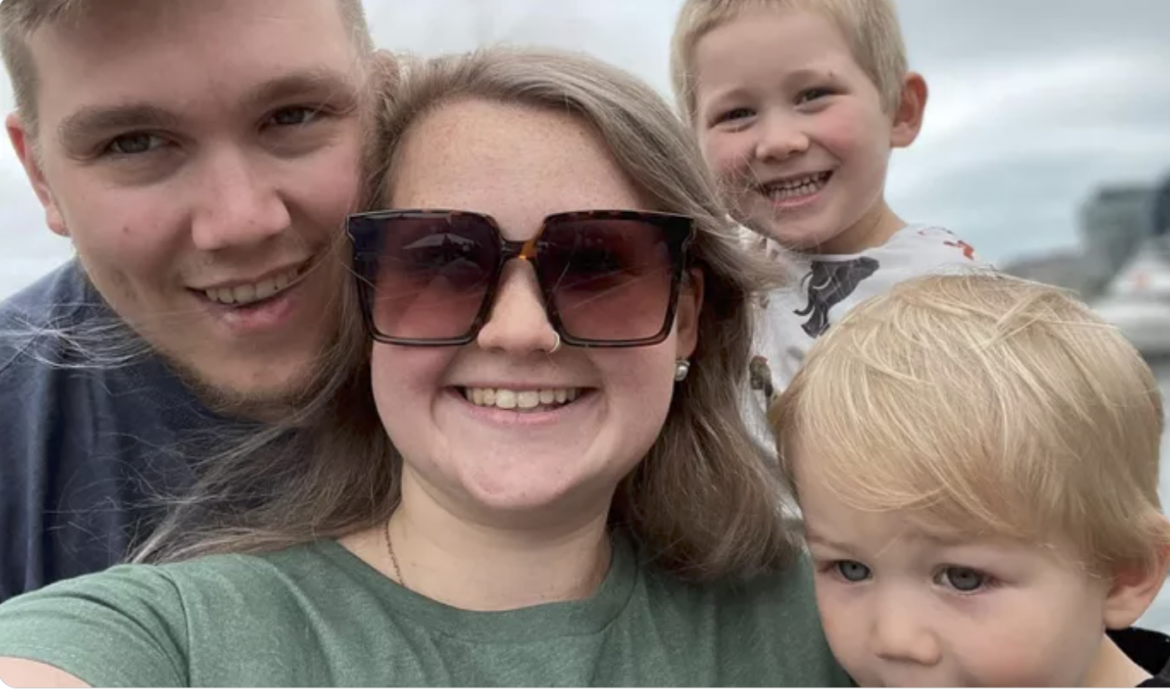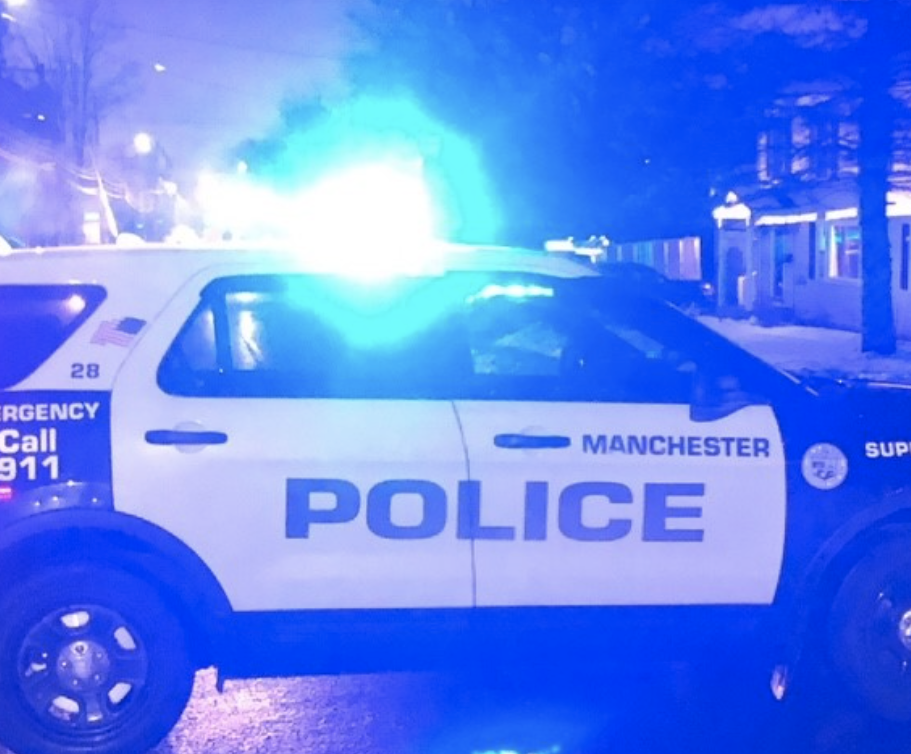AG Report: GOP Lawyer Talcott Killed by Wife in Self Defense

Alex Talcott’s frightening spiral of depression, abuse, and suicide threats ended in an attack on his wife that forced her to kill him in self-defense, according to a report released Thursday by the New Hampshire Attorney General’s Office.
“I’m going to kill you and kill the kids, and then I am going to kill myself because you know I can’t take care of them,” Alex Talcott reportedly told Kristin Talcott during the Aug. 26, 2023 attack.
Kristin Talcott will not be charged for fatally stabbing her husband in the neck, as the Attorney General’s Office ruled it a legally justifiable act taken in self-defense.
A long-time GOP activist, news of Alex Talcott’s death sent shockwaves through his circle of friends and the state Republican Party, though the details of his tortured final months were not known. At 41, Alex Talcott was deeply in debt, unemployed, and resigned to losing the house where he lived with his wife and their three young children.
Friends who had interacted with Alex Talcott in his final months told investigators he seemed depressed and stressed, but they did not know the full details of his struggle.
Several GOP sources told NHJournal he had reached out to them looking for help finding a job, a sign of financial trouble that caught them by surprise.
Kristin Talcott told investigators she did not know about the family’s precarious financial position until early in 2023. That was when she learned her husband’s real estate ventures collapsed, the family did not have health insurance due to missed payments, they were several months behind on the mortgage, their credit cards were maxed out, and Alex Talcott had not filed tax returns in years.
Kristin Talcott, 41, was a stay-at-home mom who homeschooled their children and left the family’s money management to her husband. The couple met while attending Dartmouth College. Alex Talcott was a licensed attorney, though he had stopped practicing law to venture into real estate entrepreneurship.
That was when Alex Talcott’s mental health started failing, according to the report. He fell into depression and told Kristin Talcott he wanted to kill himself. He also started to be verbally abusive, she told investigators.
There were also instances of Alex Talcott’s behavior stooping to “physical aggression,” according to the report. Kristin Talcott told investigators there were isolated incidents, and she did not report them out of embarrassment.
Last summer, Alex Talcott borrowed more and more money from friends and family as he looked for a job with a high salary. Kristin Talcott, a licensed social worker, renewed her license and started a practice in order to bring in money for the family.
Kristin Talcott begged her husband to seek therapy and take medication for his eroding mental health. But he became more erratic and volatile, she told investigators. It was at that point she started to make plans to leave with the children.
Kristin took the children for an overnight trip to Massachusetts to visit her parents on Aug. 24, returning on the evening of Aug. 25. She went to bed around 8:30 p.m. in the area of the house where the children slept. The couple had slept separately for some time, and Kristin Talcott had begun sleeping with a can of pepper spray due to fear of her husband.
At 1:30 in the morning on Aug. 26, Alex Talcott woke his wife to talk. She told investigators he seemed calm when they went to the master bedroom and sat on the side of the bed. Alex Talcott revealed he found notes she had written about her plans to separate. Kristin Talcott kept the plans secret, fearing Alex Talcott’s reaction.
“You really think I would let you and the kids leave?” He reportedly said.
He pulled out a kitchen knife and began cutting Kristin Talcott, she told investigators. She begged him to stop, but he continued to cut her, telling her he would never let her leave. Kristin Talcott took the pepper spray from her pocket and sprayed him. He fell back on the bed, and she grabbed the knife and stabbed him in the neck, she told investigators.
Kristin Talcott dropped the knife after she stabbed her husband. Alex Talcott’s demeanor seemed to change after his wife fought back. He started to tell her he loved her and how he was “going to get this fixed.”
Kristin Talcott, still terrified, tried to get Alex Talcott to lie down. He would not let her call the police but instead went on about how he would “figure this out.”
“You’re crazy,” Kristin Talcott responded.
That set Alex Talcott off again. He got the knife and pushed her against the wall. He thrust the knife at her stomach, jabbing it toward her. As he did so, he told his wife of 17 years he was going to kill her, the children, and then himself.
Kristin Talcott struggled and got control of the knife. Again, she stabbed him in the neck. He stopped attacking her and stumbled into the master bathroom. Kristen Talcott told investigators she did not have her cell phone, and she could not unlock her husband’s cell phone to call 911. She did not want to leave, as she was still frightened he would attack her again.
“I wasn’t going to leave him while I still thought he could still come after me,” she told investigators.
From the bathroom, Alex Talcott asked his wife for a piece of fruit. He also asked her to call the police. Kristin Talcott lied and told him the police were already on their way. He then fell to the floor of the bathroom. Kristin Talcott told investigators she felt it was now safe to leave and ran to get her cell phone from the room she shared with her children.
Kristin Talcott called the police and then got an apple to bring to her husband. She told investigators she knew fetching the apple was “weird” but explained, “This is the person I loved for 20 years.”
Alex Talcott was alive when his wife called 911 but died soon after, according to the report. Police found Kristen Talcott bleeding from her many wounds. She had cuts on her hands, arms, abdomen, shoulder, neck and chest.
The couple’s children were not physically harmed during the violence, according to the report.





